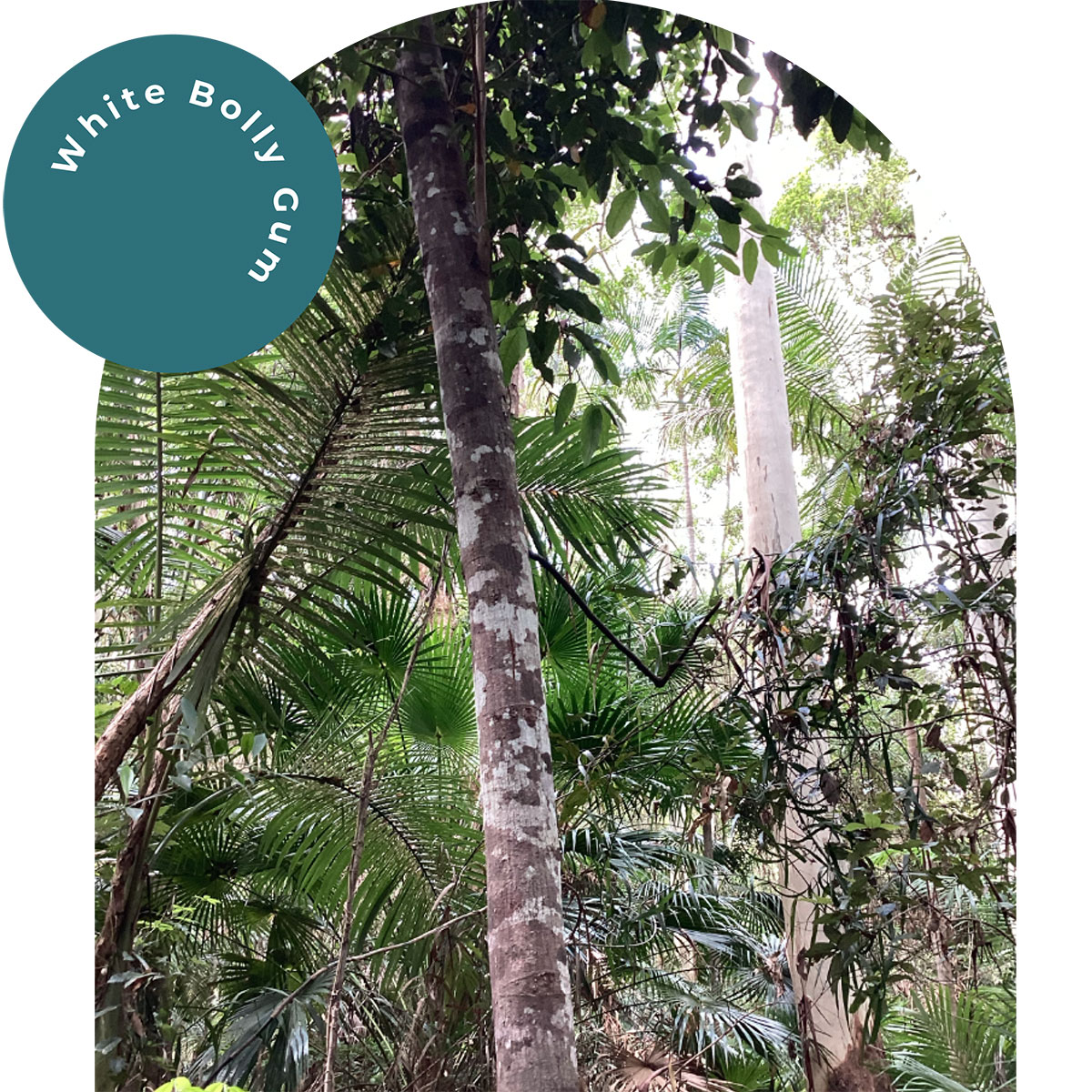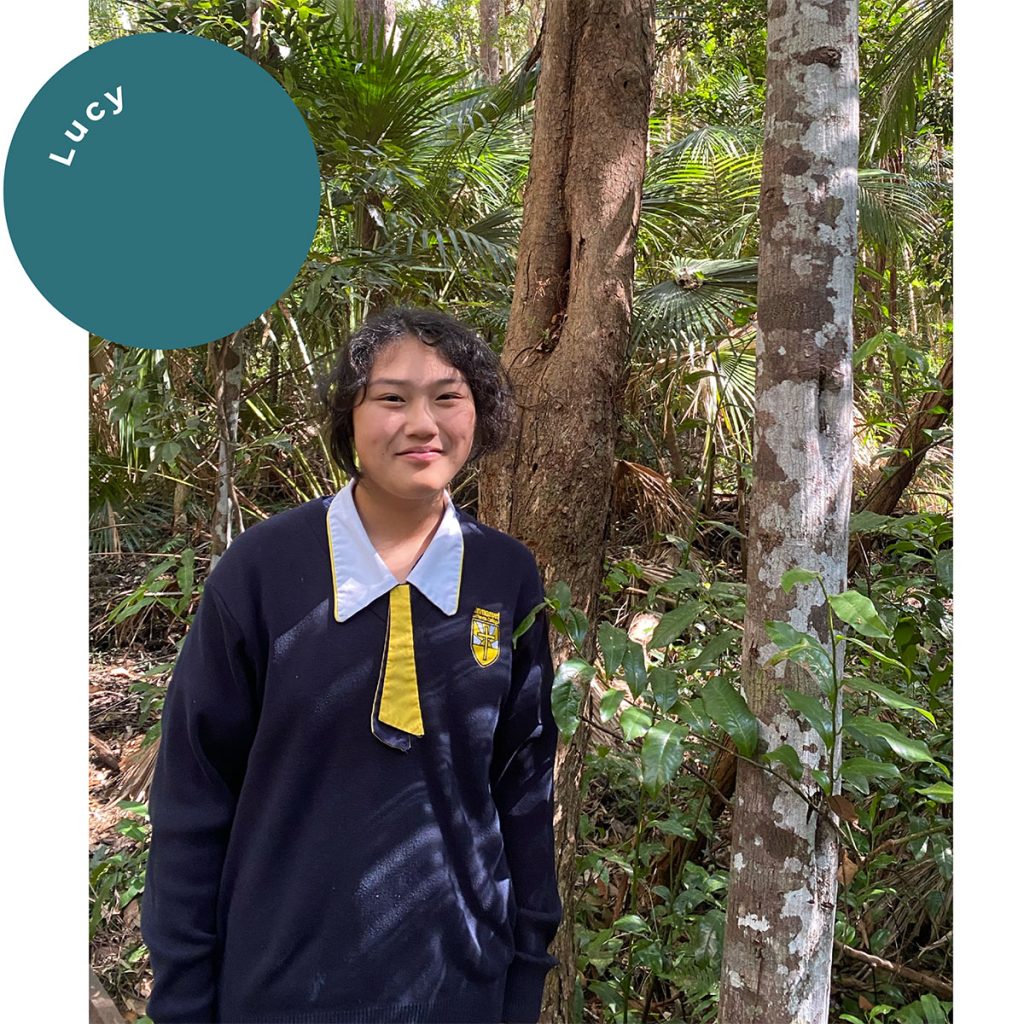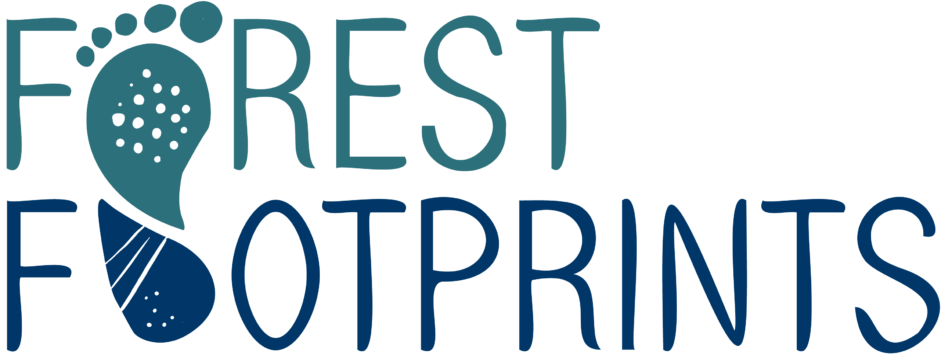White Bolly Gum
Neolitsea dealbatay
Discover More
White Bolly Gum
Scientific name:
Neolitsea dealbata
Height:
Up to 30m
Bark:
Dark brown, blistered, slightly scaly in larger trees. Stems hairy.
Leaves:
Glossy, dark green on the upper surface and a whitish or silvery underside. The leaf is lance-shaped or elliptical, with a distinct aromatic scent when crushed. There are brownish hairs on the older leaves.
Flowers:
Small, pale yellow, and inconspicuous
Fruit:
Dark purple to black berries
First Nations Uses:
Used for spear-throwing, boomerangs, and shields from the wood. Also used for medicinal purposes.


Geographical location:
Native to eastern Australia, particularly found in subtropical and warm temperate rainforests, as well as wet sclerophyll forests. It occurs mainly in the regions of Queensland and New South Wales.
Conservation status:
Not currently listed as threatened or endangered, but it faces threats from habitat loss due to land clearing, logging, and urban development.
Research by:
Lucy B (edited by Mrs Brown)
Photos by:
Harvey W

Interesting fact:
Its berries are consumed by birds and small mammals, contributing to seed dispersal. This plant is a host species for larvae of the blue triangle butterfly (Graphium sarpedon).
